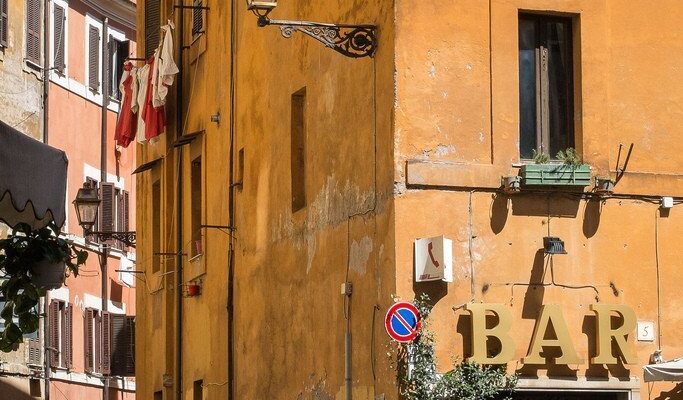Trastevere neighborhood
Trastevere is a picturesque neighborhood of narrow medieval streets on the west bank of the Tiber in Rome.
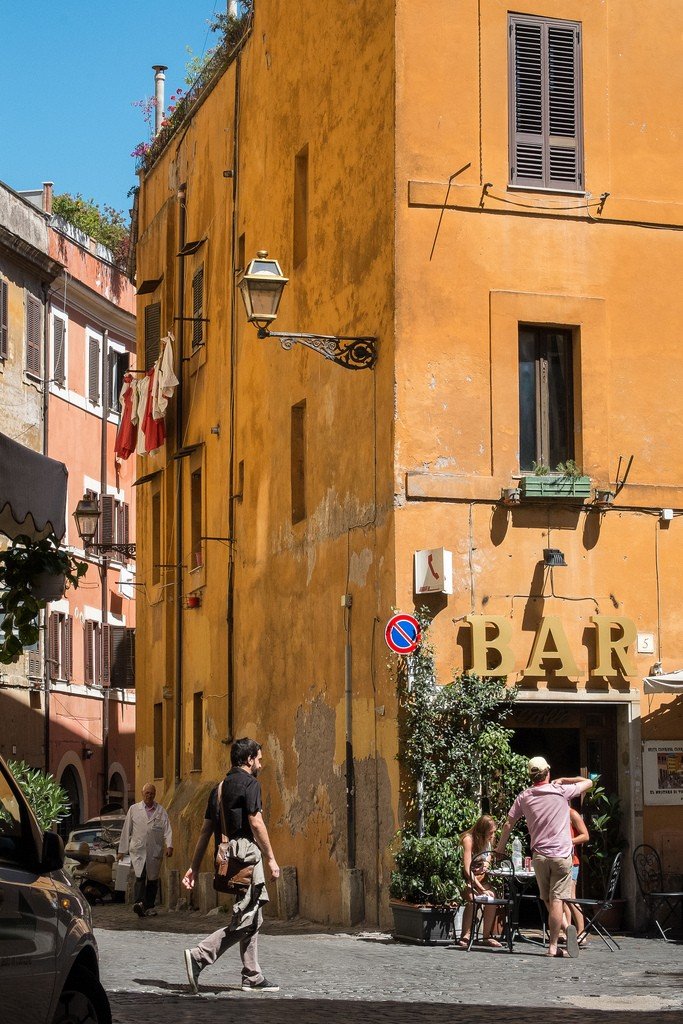
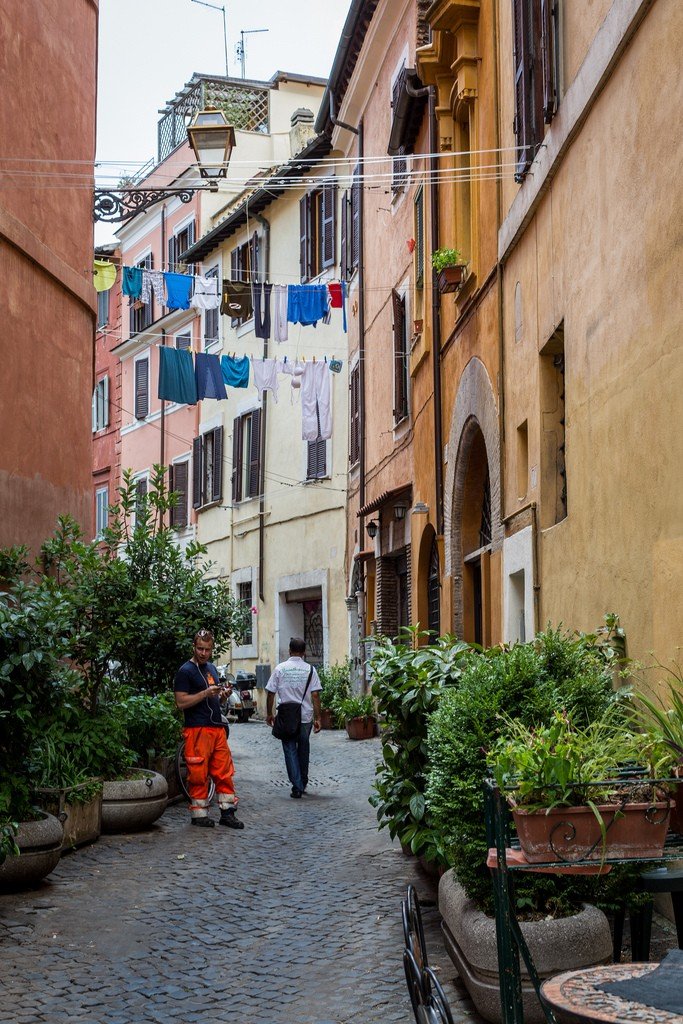
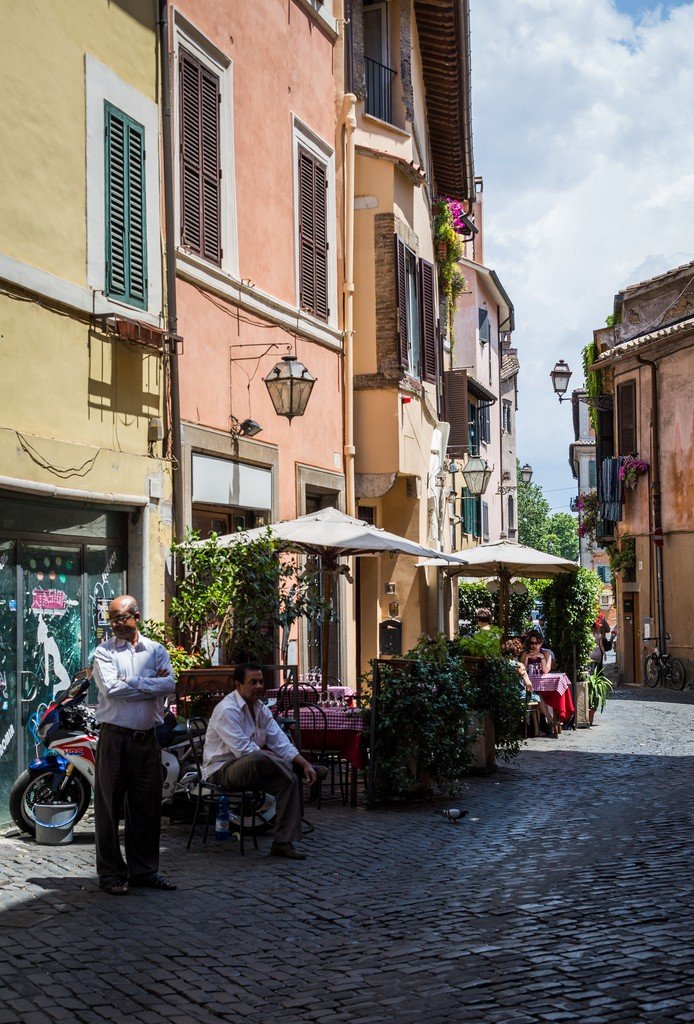
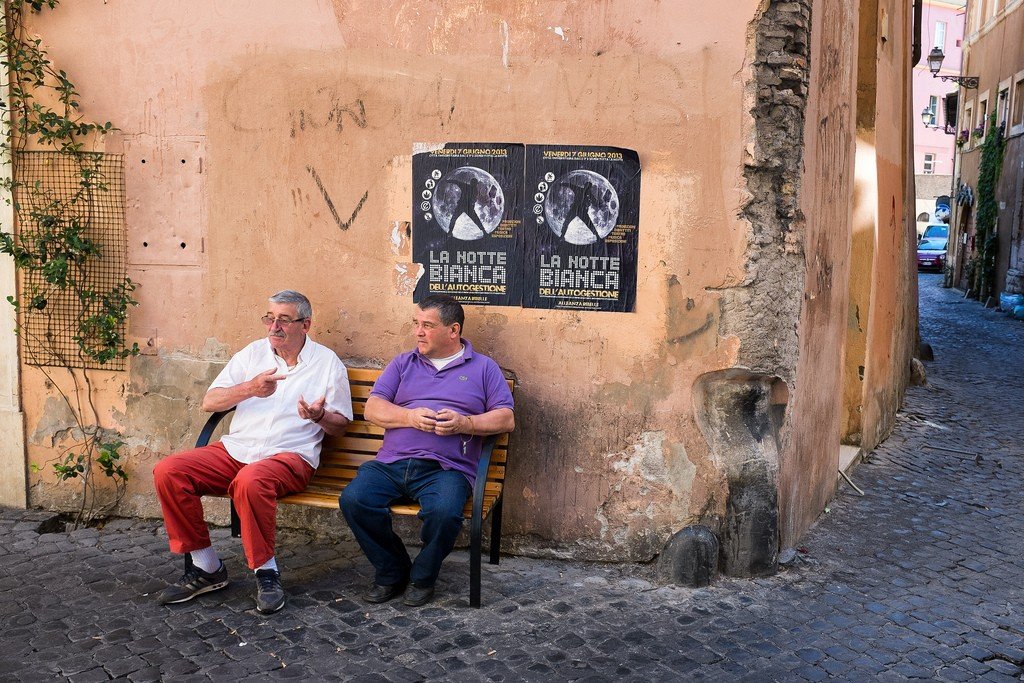
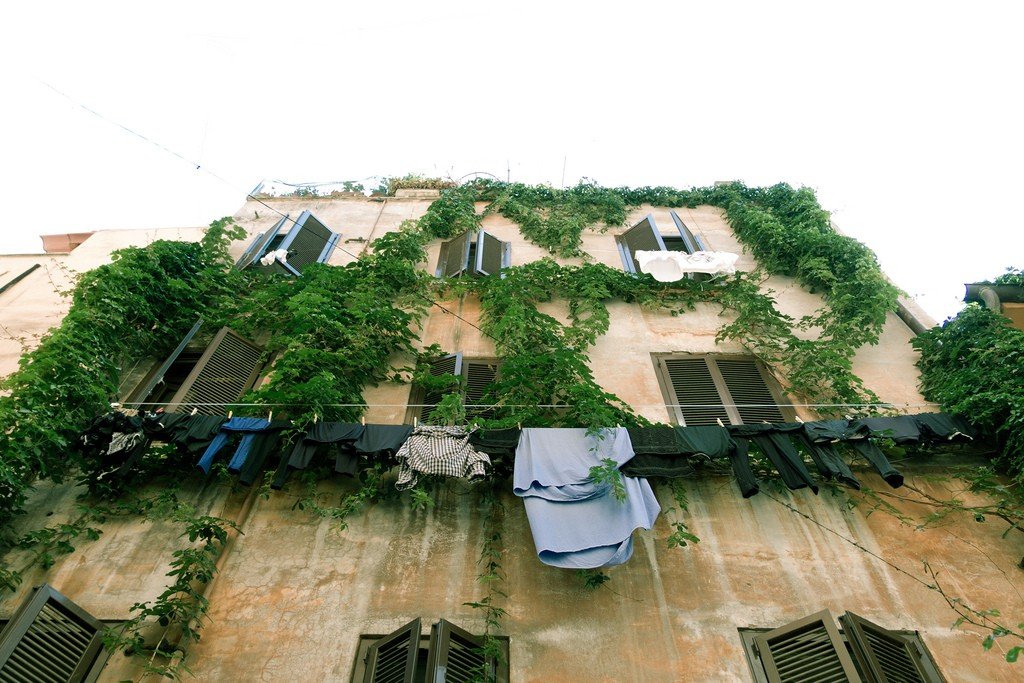
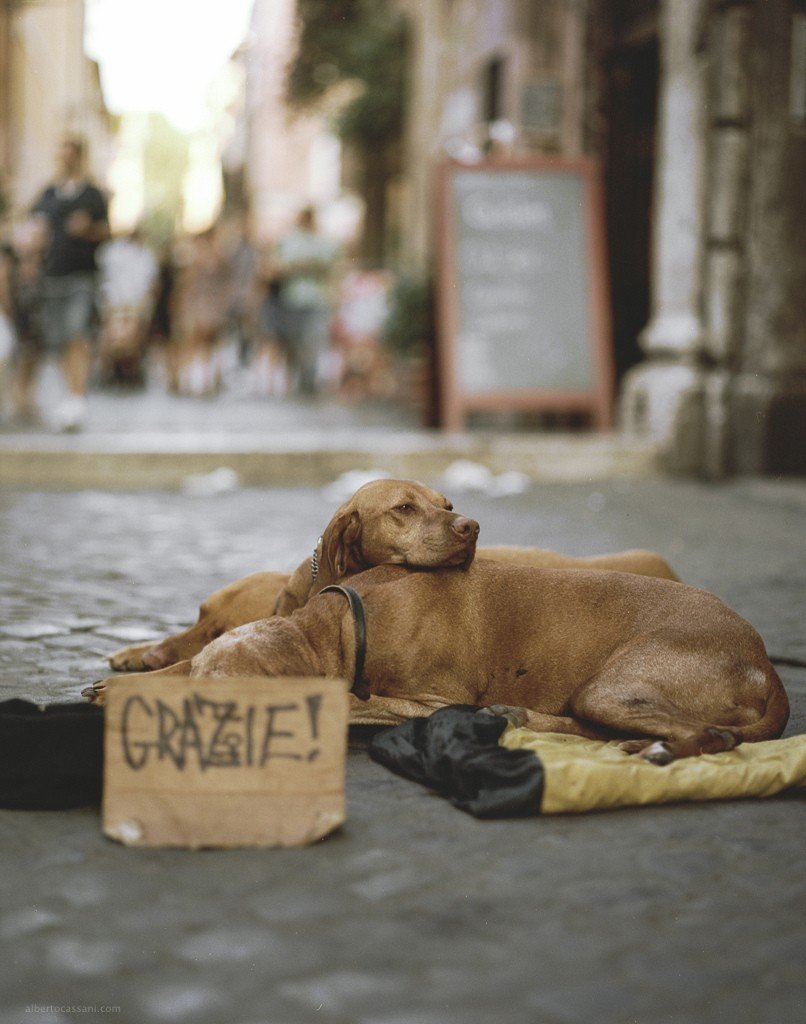
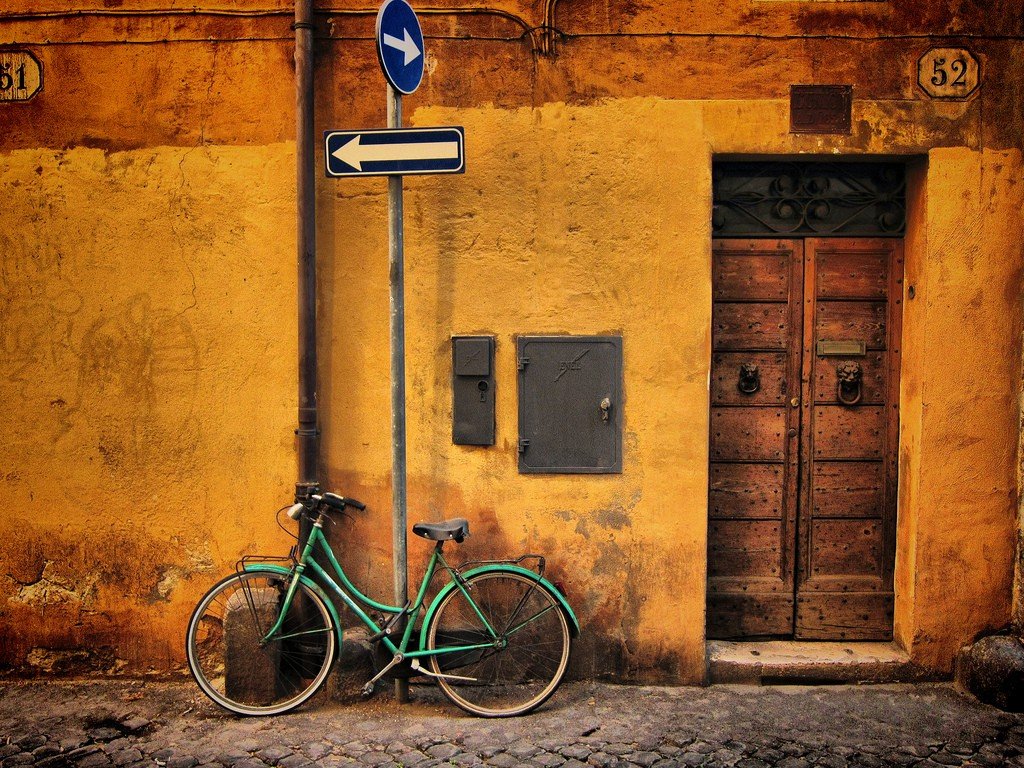
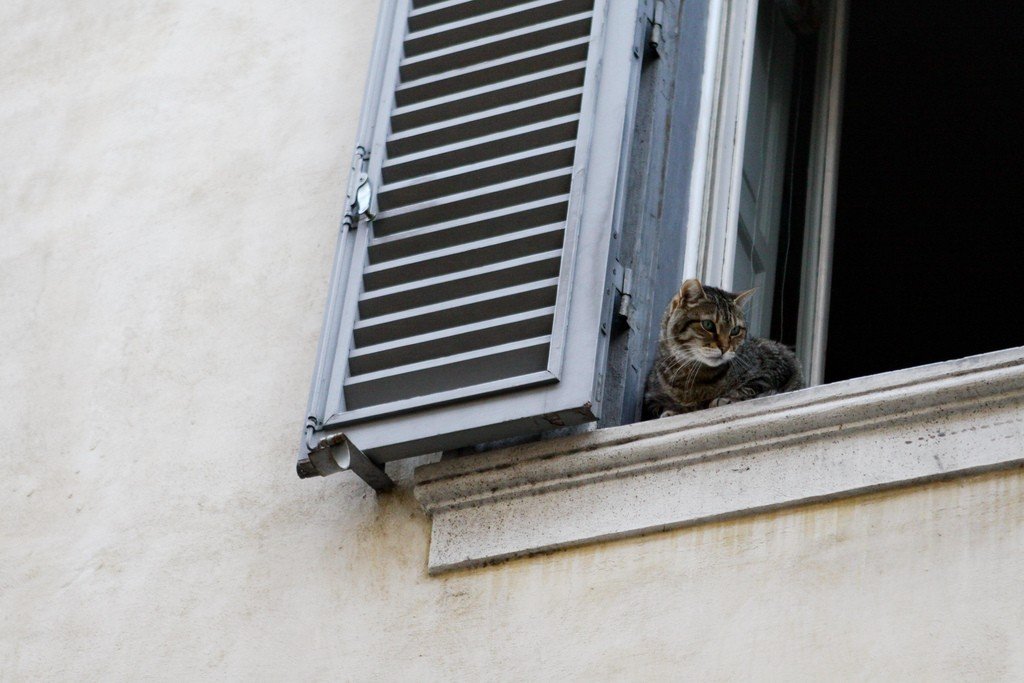
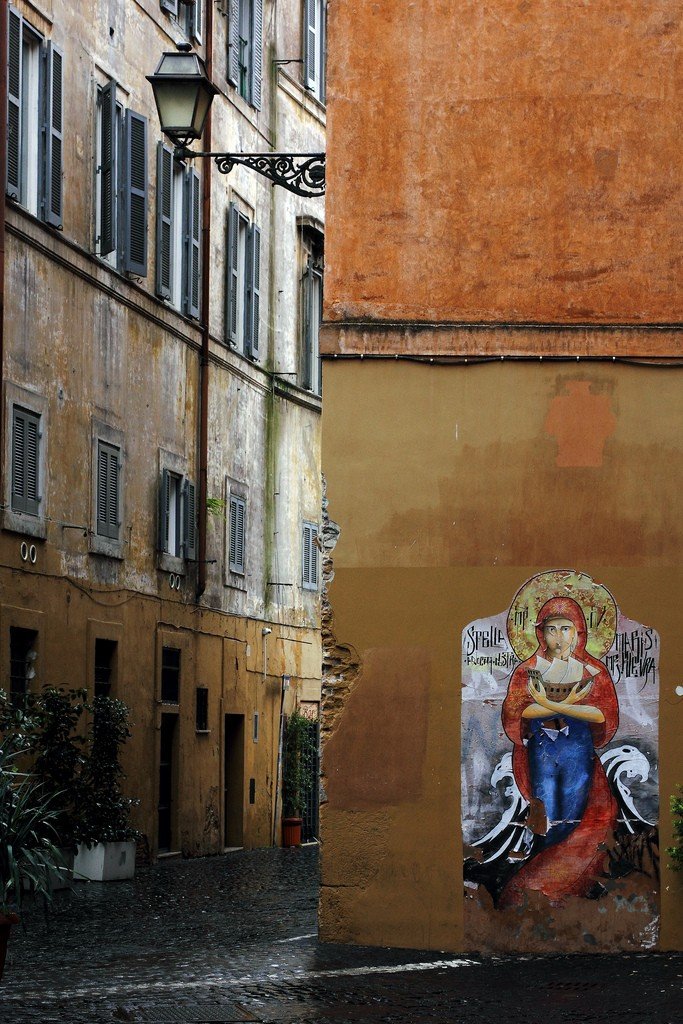
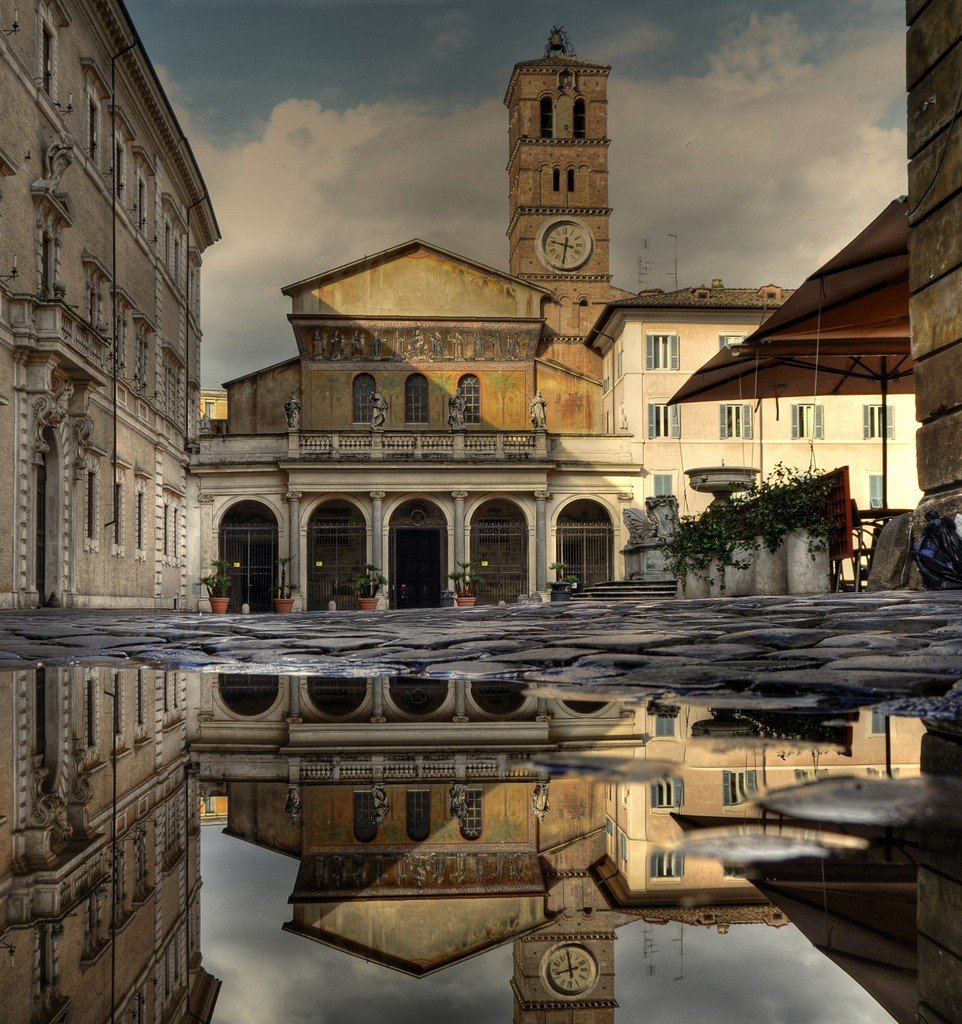
General information
During the reign of Emperor Augustus, patricians built country villas here, and after the construction of the Aurelian Wall (3rd century), the area was included in the boundaries of the city. Later, freed slaves and prostitutes settled here; in the 19th and 20th centuries it was mainly a working-class neighborhood. – In the 19th and 20th centuries it was mainly a working-class neighborhood. In the early 1970s, the neighborhood was rehabilitated; today Trastevere has the highest density of bars and restaurants in Rome. In the evenings there is an atmosphere of fun and festivity along Viale Trastevere and in the streets running off Piazza Santa Maria. Here you can eat in simple trattorias as well as in expensive establishments.
.Basilica of Santa Maria in Trastevere
The Basilica of Santa Maria in Trastevere occupies a central position in Trastevere. The history of the church of Santa Cecilia-in-Trastevere is linked to the legend of St. Cecilia: around 230 AD she accepted the death of a martyr. The church in honor of the patron saint of music was first erected around 500 AD. In the main altar is a very beautiful gift-guard of 1283; the mosaics in the apse were created under Pope Paschalia I; the tomb of the saint is in the crypt.
.The church of Santa Maria in Trastevere of the 3rd century is also steeped in legend: as if here in 38 B.C. a spring of sacred fragrant oil gushed forth, telling of the birth of the Messiah. At the request of Pope Innocent II, a native of Trastevere, the church was renovated. Particularly interesting are the antique columns in the middle nave and the carved, partially gilded wooden ceiling by Domenichino. The mosaics in the apse are a true masterpiece of medieval art. In the semicircle of the upper part of the dome above the frieze with the lamb – images of Christ, Mary and the saints, as well as scenes from the life of the Virgin Mary, executed in the late XIII century. by Pietro Cavallini.
.Villa Farnesina
Trastevere hides a little treasure, the Villa Farnesina. This Renaissance villa in the middle of a magnificent park was built for the Sienese banker Agostino Chigi by the architect Baldassare Peruzzi. Chigi invited artists, princes, cardinals and even the Pope to lavish feasts, readings and discussions here. To honor his guests, Chigi would put each guest’s coat of arms on gold plates, and after the festivities he would throw them into the nearby Tiber River. But he would have been a bad banker if he had not stretched his nets in advance, where the precious dishes fell.
.
From 1580 to 1731 the villa was owned by the Farnese family. The villa was decorated by the celebrated artists Raphael, Giulio Romano, Sebastiano del Piombo, Peruzzi and Sodoma. In the Hall of Galatea hangs the painting “Triumph of the Nymph Galatea” by Raphael. The frescoes on the ceiling were created by the architect Peruzzi – and mythological scenes and a painting of constellations glorify the hour of the birth of the customer Chigi. In the loggia of Psyche, Raphael, together with his pupils Romano and Penny, depicted the love story of Cupid and Psyche. A masterpiece of Sodom’s brush adorns the banker’s bedroom – it is “The Wedding of Alexander the Great and Roxana.”
Basilica of San Pietro-in-Montorio
Near the slopes of the Janiculum Hill, on the spot where, according to legend, the Apostle Peter was crucified, the church of San Pietro-in-Montorio was built in the 15th century. In the adjacent monastery courtyard, Bramante built the famous round church with colonnade. From the nearby magnificent Paola Fountain, commissioned by Pope Paul V in 1612, begins the Passeggiata del Gianicolo, a walkway leading to the top of the hill. The Piazzale Garibaldi is decorated with monuments to the famous Italian independence fighter and his first wife Anita. The cannon on the hill is active: it is fired at noon. The square offers a fantastic view of Rome, the surrounding plains and mountains.
.